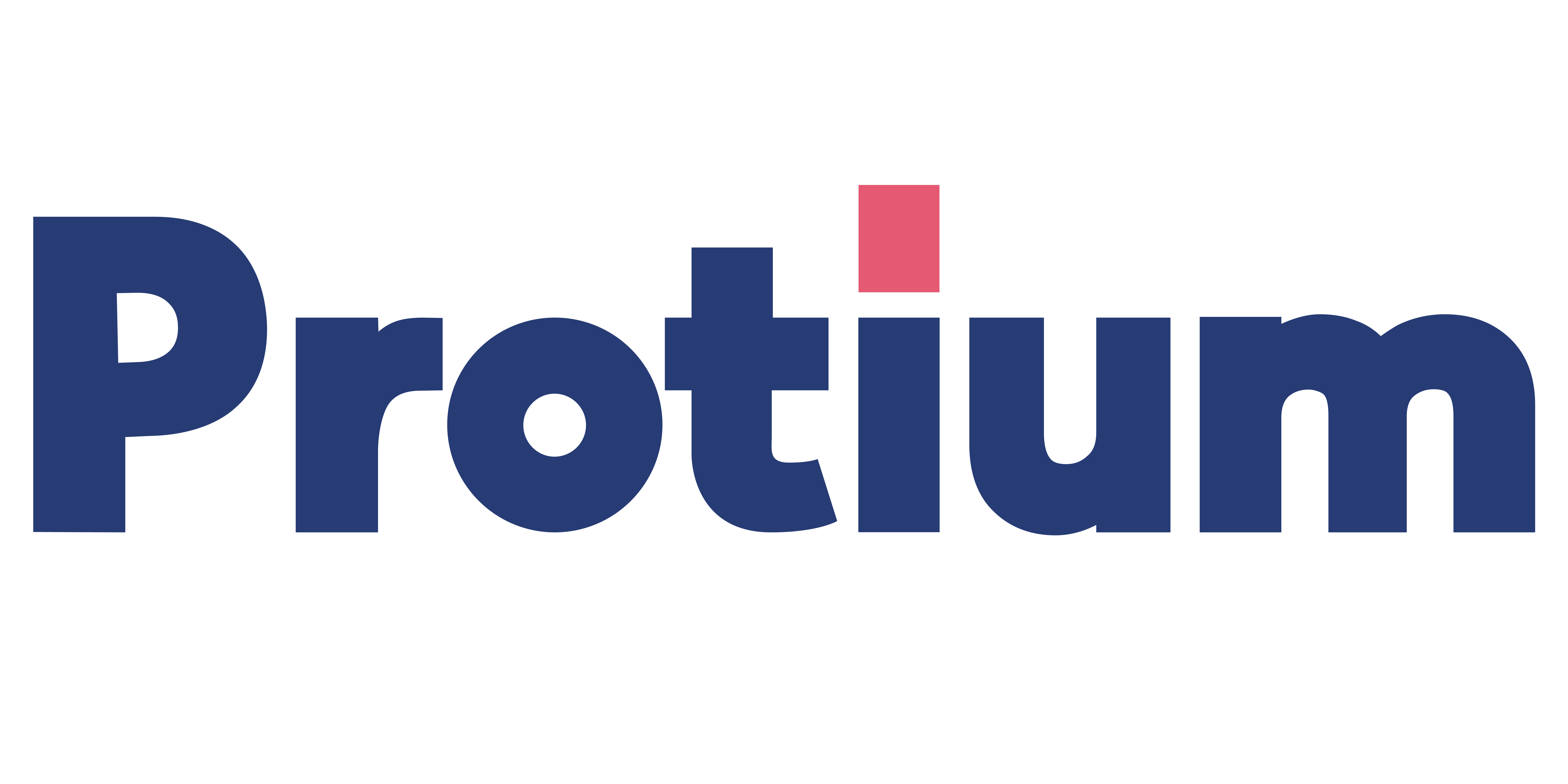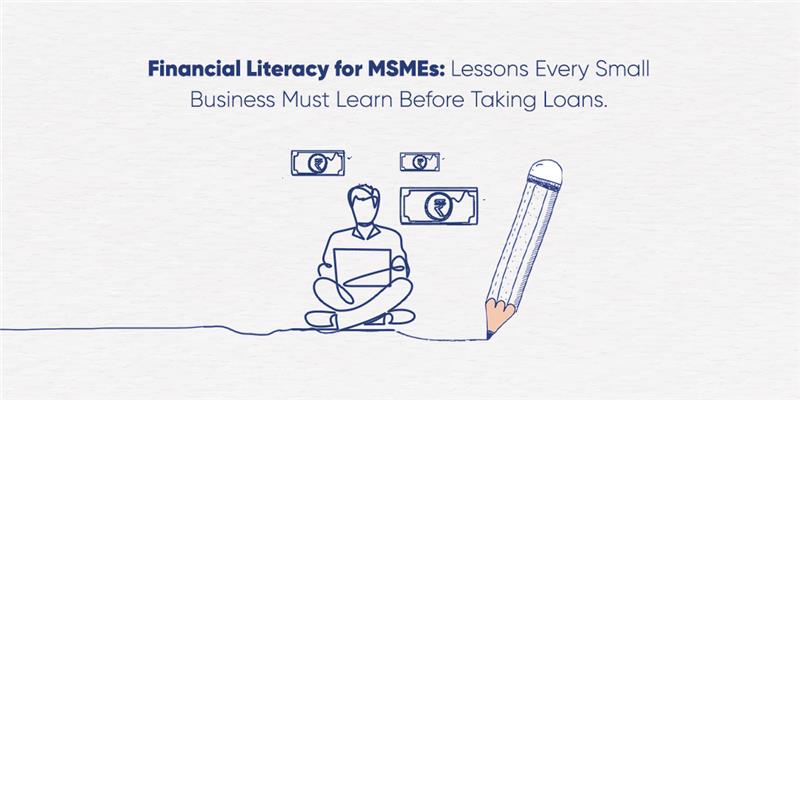Financial Literacy for MSMEs: Lessons Every Small Business Must Learn Before Taking Loans
- MSMEs often struggle to meet day-to-day expenses despite reporting profits in their financial statements because of the limited understanding of working capital and the financial literacy needed to manage it effectively. This comes in handy when they seek loans from RBI-registered NBFCs like Protium or other Financial Institutions.
- Basic financial literacy helps track money, interpret ratios, and separate fixed income from working capital. Additionally, strong operational practices like clear contracts, timely GST filings, and digital payments improve loan eligibility. This blog delves into these aspects and more.
In 2024, 71% of small businesses in India sought external funding, with 34% citing rising costs as the main reason and 32% pointing to basic business survival. This trend persists even when many businesses report profits in their financial statements. In fact, 40% of small enterprises identified rising expenses as their biggest concern1, showing that profitability on paper does not always translate into financial stability. For many MSMEs, this challenge is evident in daily operations: paying workers’ wages, purchasing raw materials, or covering routine expenses despite reporting profits. This disconnect between profit and cash availability can leave even promising businesses vulnerable.
The underlying issue lies in the limited understanding of working capital and the financial literacy needed to manage it effectively. Without proper knowledge, small enterprises either fail to present their financial health accurately to lenders or misuse the loans they obtain. In both cases, there’s a risk of slipping into cycles of credit dependence and operational instability.
This blog explores why mastering working capital goes beyond showing profits, what lenders expect before disbursing loans, and how small industries can adopt sound financial practices to secure, manage, and eventually reduce their reliance on working capital loans.
Understanding Working Capital Beyond Profits
Working capital is the difference between current assets, like cash, receivables, and inventory, and current liabilities, which include short-term debts and payables. For small enterprises, this measure is critical because it reflects the liquidity available to run daily business operations.
While profits are important, they do not always translate into immediate cash. For example, a basket-making unit might report good profit margins during festive sales. However, if most buyers delay payments for 60 days, the business may lack cash to buy raw bamboo or pay laborers in the meantime. This gap between receivables and expenses highlights why liquidity matters as much as profitability.
Inventory cycles, customer payment terms, and cash in hand are key indicators lenders examine to judge whether a business can handle financial responsibilities. Strong working capital management ensures uninterrupted operations even when sales are high but cash flow is uneven.
Why Lenders Need a Complete Financial Picture
When small businesses apply for working capital loans, lenders like banks and NBFCs look beyond profit margins. They need a complete and transparent financial picture to assess repayment capacity and risk.
Documents such as income statements, balance sheets, and cash flow statements are crucial because they show how money entries and exits. Credit history and repayment records, often captured by bureaus like TransUnion CIBIL, also influence approval decisions. Equally important are compliance documents such as GST returns, tax filings, and business registrations under Udyam or other regulatory frameworks.
MSMEs must also remember that loan assessment criteria vary depending on the type of credit: in loan against property, the value, ownership status, and type of property are the determining factors. In contrast, for machinery loans, lenders evaluate the prospective business plan, expected output, and repayment capacity as these determine whether the investment will generate sufficient returns.
If a business only shares partial data or inconsistent numbers, lenders cannot build confidence in its stability. In such cases, even a profitable unit may face rejections or receive smaller loan amounts than requested. For MSMEs, maintaining accurate and complete financial records is the first step toward building trust with formal lenders.
Financial Knowledge Every Small Business Owner Must Build
To bridge the gap between operational needs and lender requirements, small businesses must strengthen their financial literacy in the following ways:
- Recordkeeping and bookkeeping: Simple practices like maintaining daily expense logs, invoice records, and inventory registers ensure that no cash movement goes untracked. Over time, these habits create reliable data that lenders value. When maintained through digital tools, the records become even more accessible, accurate, and easier to review when required.
- Understanding financial ratios: Ratios such as the current ratio (current assets divided by current liabilities), debtor days (time taken by customers to pay), and inventory turnover (how often stock is sold and replaced) provide quick insights into the financial health of a business. Even if these concepts seem technical, applying them with real numbers can help owners make better decisions.
- Distinguishing between fixed and working capital: Fixed capital refers to long-term investments such as machinery, land, or infrastructure, while working capital is meant for everyday needs like raw materials, wages, and utilities. When businesses mix the two, funds meant for operations often get locked in assets, creating cash shortages. Knowing the difference ensures that money is allocated for the right purpose.
- Awareness of government support: Several government-backed schemes like the Credit Guarantee Fund Trust for Micro and Small Enterprises (CGTMSE) are designed to make financing more accessible for small businesses. By being aware of such initiatives, MSMEs can navigate the business landscape with more confidence.
Operational Practices That Strengthen Loan Eligibility
Financial literacy extends into daily operations. Strong operational practices not only improve a business’s stability but also increase its credibility in the eyes of lenders. These include:
- Clear contracts with vendors and customers: This creates predictable cash inflows and outflows. For example, agreeing on shorter credit periods with buyers or negotiating staggered payments with suppliers helps balance cash requirements. Businesses that plan these flows systematically are less likely to face liquidity crunches.
- Timely GST returns and tax filings: This demonstrates compliance. Lenders place great importance on these because they reflect transparency and accountability. Businesses with consistent filings are more likely to be considered for formal loans.
- Use of digital transactions: By routing payments through banking channels, small enterprises create a financial footprint that lenders can verify. This reduces reliance on informal cash dealings and improves loan eligibility.
Together, these operational steps form a credible financial history, making it easier for businesses to secure funding at competitive rates.
Managing Working Capital After Getting a Loan
Securing a loan is only the beginning. The real challenge lies in managing working capital effectively once funds are received. The priority should be to channel loan money into operational needs such as buying raw materials, paying wages, or restocking inventory. Using these funds for long-term investments like land or heavy machinery disrupts liquidity and creates repayment stress.
Regular monitoring of cash inflows and outflows is equally vital. MSMEs can adopt simple weekly or monthly cash flow reviews to ensure that expenses never exceed available liquidity. Such practices help in anticipating shortfalls and making timely adjustments.
Building on this foundation, repayment discipline becomes equally important. Consistently meeting repayment schedules not only prevents penalties but also enhances the business’s creditworthiness, strengthening its ability to secure financing on favorable terms in the future.
A good repayment track record increases the chances of securing larger loans in the future, creating a virtuous cycle of financial reliability.
Adhering to these practices help MSMEs to confidently secure loans. Financial literacy is not just about securing funds; it is about building sustainable businesses that remain resilient in changing markets. For India’s small industries, mastering working capital is the pathway to both growth and independence.

